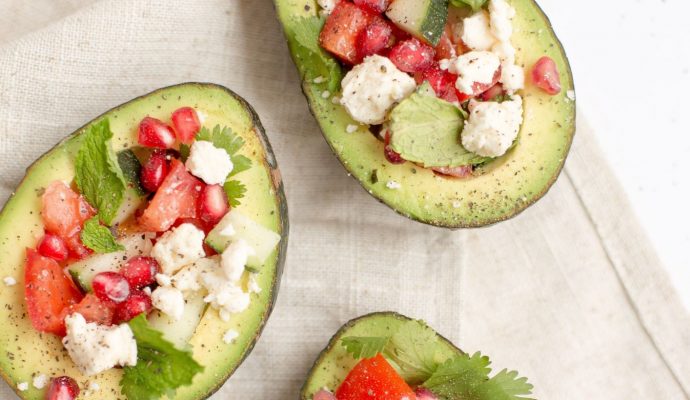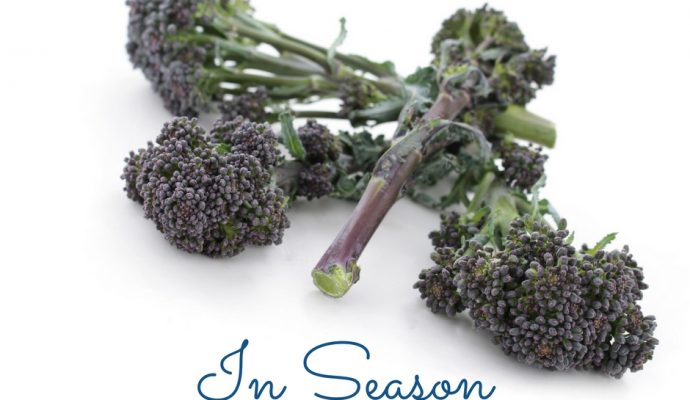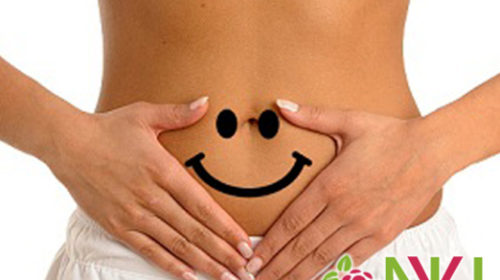Burn fat faster than ever! Watch your fat disappear!
Ketogenic (‘keto’) diets have taken the world by storm.
You’ve probably read the headlines and wondered whether you should take the plunge if the results are really that dramatic and that easy. But are they, though?
This article will give you the inside scoop on what the diet involves, whether it’s healthy and even sustainable for ‘normal’ people. Here goes …
What Is Keto? 
The keto diet is the ultimate low carb diet. It’s also moderate in terms of protein and very high in fat.
In essence, it’s pretty much like the Atkins diet, but its fans like to describe it as a more modern version of it with a solid scientific basis. The major differences between the classic keto and the Atkins diet is the former emphasizes healthier keto fats, less overall protein and no processed meat (such as bacon) and has more research to back up its efficacy in the management of numerous health conditions – more on this later.
Although dieters tend to lose weight, there is more of an emphasis of the ketogenic diet as a therapeutic diet, which may improve compliance for those that follow it for health reasons. Like the Atkins diet, the ketogenic diet aims at keeping the body in permanent ketosis. Let’s take a look at what that actually is …
Ketosis
During ketosis, the body uses fat for energy. It doesn’t normally, though. The body’s preferred fuel source is glucose, which is the easiest molecule for it to convert into energy. This glucose comes from dietary carbohydrates.
With the ketogenic diet, you dramatically lower your intake of carbs and increase your intake of fats. As a result of this carb-limiting diet, the body no longer has the glucose it needs for energy. So it has to find an alternative energy source—and that source is fat. Fat starts to get broken down into ketone bodies (ketones for short), which generate food for your cells to produce energy. It will continue to do so until carbohydrates are reintroduced and glucose can once again be used. If that doesn’t happen, it will keep burning fat reserves indefinitely and that forces the body into a state of ketosis. Ketosis is in fact a natural process that helps you survive when food intake is low.
Benefits
Research clearly shows that the ketogenic diet can be effective for weight loss. It changes your metabolism from burning sugar to burning fat. Because it’s largely based on protein and fat, it’s filling and satisfying which means no hunger cravings and consistent energy levels.
It also helps fight diabetes- by reducing your carb intake you reduce the levels of insulin being released after a meal. This helps reduce blood sugar levels and reverse “insulin resistance,” which is the underlying problem contributing to diabetes symptoms.
It can help reduce the risk of heart disease by lowering “bad” cholesterol and triglycerides and increasing “good “cholesterol.
It can help protect against cancer- certain studies suggest that keto diets may “starve” cancer cells. The regular cells found in our bodies are able to use fat for energy, but it’s believed that cancer cells cannot metabolically shift to use fat rather than glucose and are therefore starved of their fuel in a ketogenic diet.
Over the past century, ketogenic diets have also been used as natural remedies to treat and even help reverse neurological disorders and cognitive impairments, including epilepsy, Alzheimer’s symptoms, manic depression and anxiety.
Potential Downsides
The diet is very strict. So, you might not be prepared for having to cut back on many fruits, your favourite cappuccino or latte, and alcohol (it’s not cut out entirely – spirits are OK but watch the sugary mixers, and champagne and wine are not so bad in moderation but it very much depends on your sensitivity to carbs).
One of the most important characteristics of any diet or eating plan is not its ability to help you lose weight in the short term, but whether you can easily follow the plan for the rest of your life, and enjoy and thrive on it? And whether it provide all the nutrients you need to stay healthy?
Altering your food group ratio so drastically is really hard to do even short term. So, often when people go off it, they gain the weight back — and maybe even more.
These rapid weight fluctuations can put stress on the heart. Recent research found that people who have the greatest variability in measures like fasting blood glucose, cholesterol, blood pressure and body weight are 2.3 times more likely to die from any cause, and more than 40 percent more likely to suffer a heart attack or stroke compared with those who stay more stable. Staying stable in these measurements is healthier than constantly going up and down. Of course, this doesn’t mean that you shouldn’t try to reach a healthy weight, only that restrictive diets that lead to loss and regain can make you worse off than when you began.
The specific foods you choose on keto matter, too. Make sure you don’t rely too heavily on animal sources of fat and protein such as cheese and meat. The latter is associated with a 43 percent higher risk of mortality compared with those who emphasise vegetable sources such as healthy monounsaturated, polyunsaturated fats from olives, avocados, seeds, nuts, and omega 3 fats from oily fish.
Finally, it’s worth bearing in mind that genes may affect your ability to metabolise fats. So, the diet shouldn’t be considered a blanket-diet for everyone. Keto isn’t just about weight loss, it’s about our metabolism on a cellular level.
However, having said all of this, there are many variations of the keto diet which can really help meet individual needs and goals.
What Do You Eat?
Included
Meat, fish, poultry, eggs.
Leafy Greens like spinach and kale.
Above-ground vegetables like broccoli, cauliflower, etc.
High Fat Dairy like hard cheeses, cream, butter, etc.
Nuts and seeds
Avocado
Berries – raspberries, strawberries, blueberries blackberries, and other low GL berries
Other fats – coconut oil, high-fat salad dressing, saturated fats, etc.
Excluded
Grains like wheat, corn, rice, barley.
Sugars: honey, agave, maple syrup.
Fruit like apples, bananas, oranges.
Potato, yams, etc.
Getting into Ketosis
There are no fixed percentages for macronutrient distribution (i.e. not a specific ratio of fats, carbs, etc.) as not everyone is equally sensitive to carbohydrates. This means you’ll have to test where your carb threshold lies by measuring ketone bodies in the urine, blood or breath.
You might be reading this thinking, ‘I can do this’, but the reality can be very testing. It can, in fact, take 4 weeks to get there and during the transition period many experience ‘keto flu’ – flu-like symptoms i.e. digestive issues like constipation, headaches, weakness during workouts, being moody, losing libido and having bad breath. Fortunately, these side effects don’t affect everyone and often only last for 1–2 weeks. This happens when the body runs out of glucose and has not yet learned to switch to using fat for energy – that’s because it hasn’t had to for such a long time. Until you become ‘fat adapted’ (i.e. your body has re-learned to use fat) there is a period of low energy. It is this taxing time that can put people off.
The people that do well on a ketogenic diet are those with a really compelling reason to do it, perhaps one of the chronic health conditions this diet can help.


